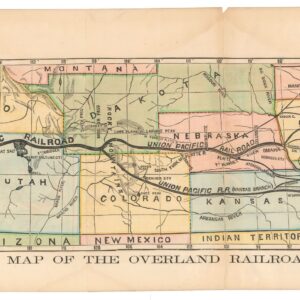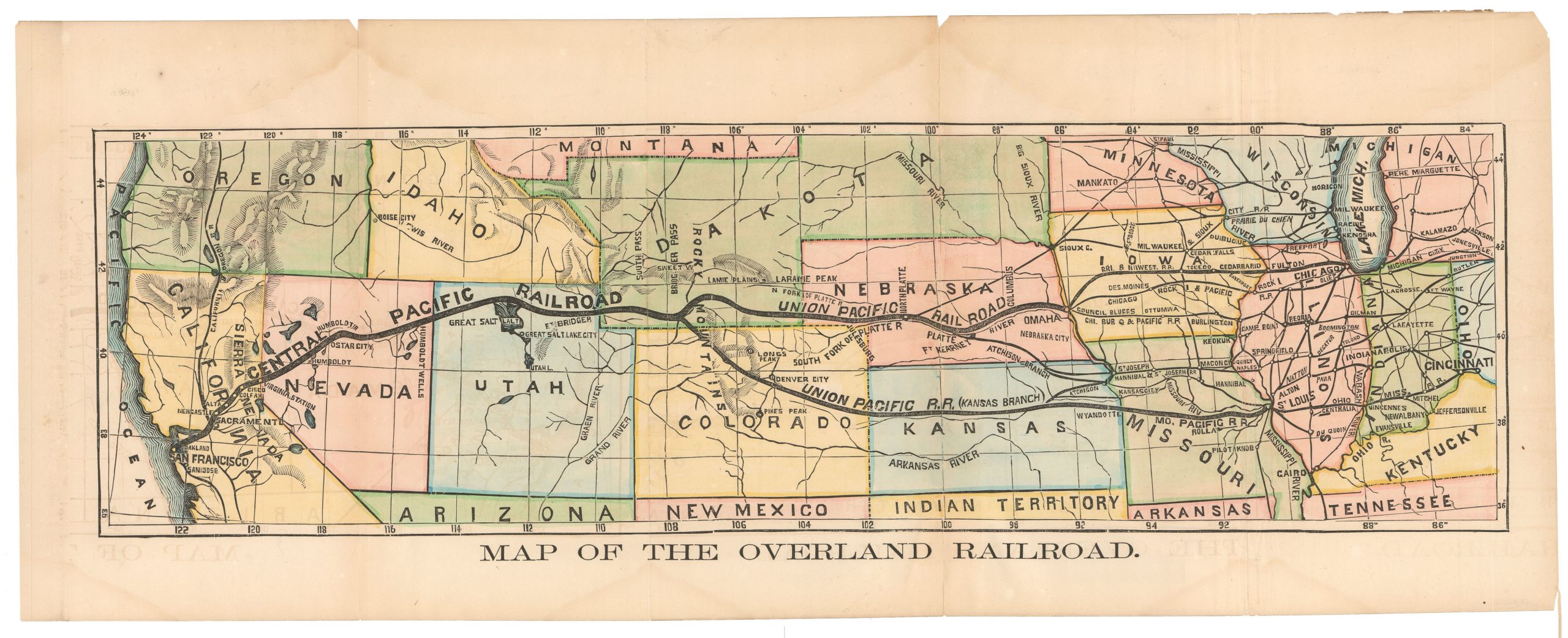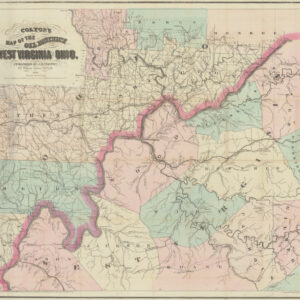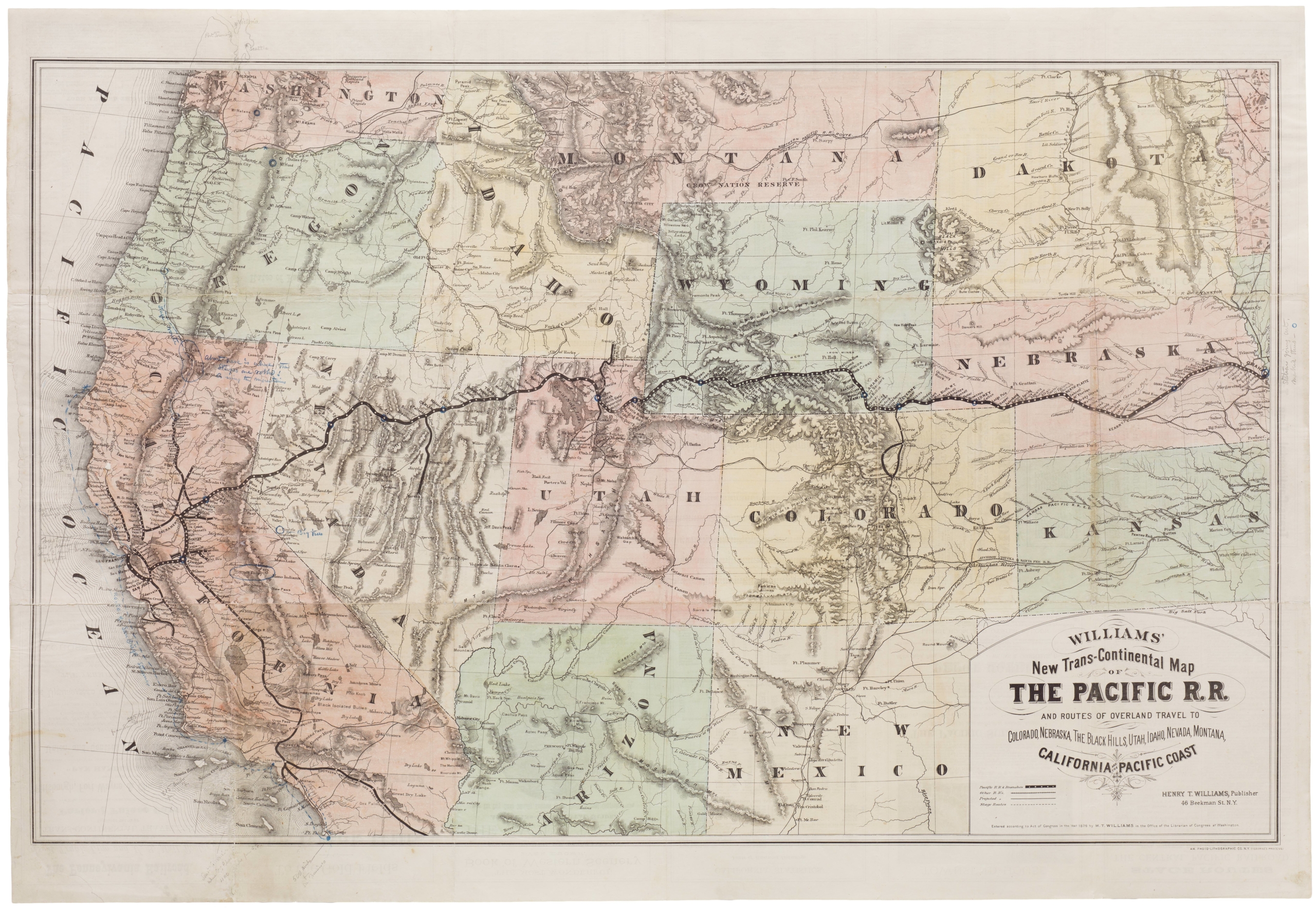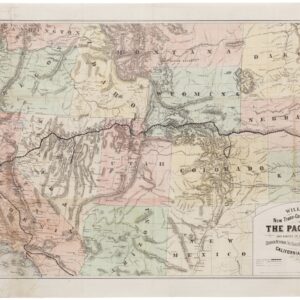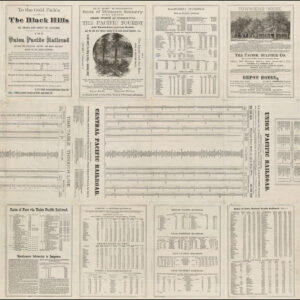Bachelder’s authoritative three-part map of the Gettysburg battlefield.
Map of the Battle Field of Gettysburg. July 1st, 2nd, 3rd
Out of stock
Description
First edition of Bachelder’s three-part map of the Gettysburg battlefield. This is the finest early depiction of the largest and bloodiest battle ever fought on American soil, as executed by John Bachelder, the foremost historian of Gettysburg.
Offered here is a complete set of three sheet maps, depicting respectively the events of the first, second and third day of the battle. Each consists of an identical base map of the natural and man-made features of the battlefield, upon which are superimposed the troop positions and movements for that day, with the Union forces shown in blue and the Confederates in red. The maps are unusual in being the product of a civilian-military collaboration: The base map was reduced from area surveys conducted by the Army’s Topographical Engineers in 1868-69, while the troop positions and movements were compiled by Bachelder “from the official reports, consultations on the field, private letters, and oral explanations of the officers of both armies.” Bachelder himself acted as publisher and distributor (Torn in Two, p. 136), but the map bore the imprimatur of the Secretary of War.
Stephenson describes the maps as follows:
“An extremely detailed topographic map with spot elevations and contours “given for every change of 4 feet in elevation.” Drainage, vegetation, roads, railroads, fences, houses with names of residents, and a detailed plan of the town of Gettysburg are shown. “Every object is represented here as near as possible as it was at the time of the battle.”
“A very minute analysis of the deployment of the various units of both armies, with the names of commanding officers, period of time spent in a particular position, and other pertinent information is given. Dotted lines and arrows indicate the movements of the troops, and the positions at various times of the day are shown by symbols explained in the legend.” (Civil War Maps, pp. 157-158)
The amount of detail and the economy with which it is presented are astonishing. A simple visual code is employed to indicate each unit’s “first,” “intermediate,” and “evening” positions on a given day (with a special symbol for units that remained stationary through the day), efficiently representing the day’s troop movements. The mapmakers even went so far as to employ a simple alphabetical code to indicate for each building and fence whether it was constructed of wood, brick or stone!
Bachelder is the greatest Gettysburg historian, and his maps are a tour de force of Civil War-era mapmaking and difficult to find in a complete set, particularly in such fresh condition.
Cartographer(s):
In 1861, John Bachelder, a former military officer, artist and military historian, was struggling to find sources for a historical depiction of the Battle of Bunker Hill. When the American Civil War broke out, he abandoned the project to follow the Union Army of the Potomac to document their campaigns. When he heard of the great battle taking place at Gettysburg, PA, he made his way there, arriving before the last of the dead were buried. Recognizing its importance, Bachelder thereafter made a life’s work of documenting the battle.
Bachelder exhaustively documented the battle through interviews with its participants, and it was he who initially conceived of the phrase, “the high water mark of the Confederacy,’ identifying the brief push by Confederate forces during Gen. Longstreet’s Day 3 assault (Pickett’s Charge) into Union lines at a place called “The Angle” as the South’s best, and last, chance to defeat the Union. Bachelder’s records and depictions of the battle are without comparison and remain historically and artistically significant.
Condition Description
Some soiling and marginal mends, thin paper.
References
Ronald E. Grim et al., Torn in Two: 150th Anniversary of the Civil War; an Exhibition from the Collections of the Boston Public Library, May 12 to December 31, 2011 (Boston, MA: Boston Public Library, Norman B. Leventhal Map Center, 2011), pp. 134-137 (illustrating plan of the First Day).
Richard W. Stephenson, Civil War Maps: an Annotated List of Maps and Atlases in the Library of Congress (Washington, D.C.: United States Government Printing Office, 1989), #325.
























![[AMERICAN REVOLUTION] Boston, George Washington, Franklin, Philadelphia, Washington, D.C.](https://neatlinemaps.com/wp-content/uploads/2024/05/NL-02090a_thumbnail-300x300.jpg)
